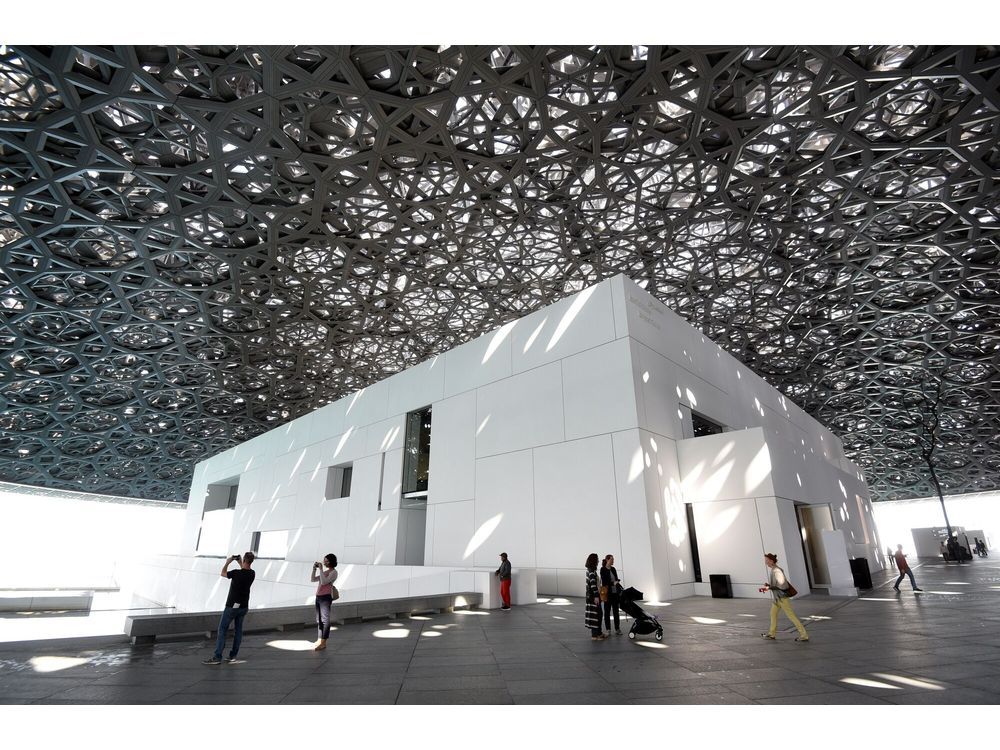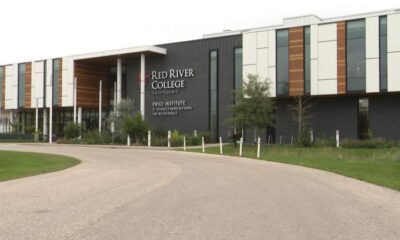Top Stories
Tourists Shift to ‘Coolcations’ as Climate Crisis Intensifies

Record-breaking temperatures and extreme weather events are reshaping the global tourism landscape. As holidaymakers grapple with the effects of climate change, many are shifting their travel preferences toward ‘coolcations’—destinations known for milder climates. According to a survey conducted by Virtuoso, nearly half of luxury travel advisers report that their clients are altering travel plans due to these environmental changes.
The impact of rising temperatures has been particularly evident in Europe, where iconic tourist attractions, including the Acropolis in Athens and the Eiffel Tower in Paris, faced closures this summer due to excessive heat. A study by the European Commission predicts that northern coastal regions of Europe could see an increase in tourist demand of more than 5% during the summer and early autumn, while southern regions may lose nearly 10% of summer visitors.
The trend is not limited to Europe. In Japan, dangerously high temperatures have contributed to a decline in visitor numbers at popular destinations like Tokyo Disney Resort. In the United States, Six Flags Entertainment Corp. reported a significant loss of nearly $100 million in the second quarter, attributing this decline to severe weather conditions. Conversely, cooler destinations such as Antarctica, Norway, and Iceland are experiencing a surge in popularity.
Global Responses to Rising Temperatures
In response to the climate crisis, various cities and regions are implementing strategies to attract tourists while accommodating the challenges posed by extreme heat.
Abu Dhabi has taken innovative steps to combat heat, where temperatures recently reached a staggering 51.8°C (125°F). The city’s Masdar City is a leading example of sustainable urban development, primarily powered by solar energy. This eco-city has introduced traditional wind tunnels and shaded streets to create a cooler microclimate, aiming to set a benchmark for future urban planning in the region.
In northern China, the city of Harbin is transforming itself into a summer retreat. Known for its frigid winters, Harbin is leveraging its winter ice festival to attract visitors during warmer months. The Harbin Ice and Snow World features advanced snow-making technology, creating icy environments even in temperatures exceeding 20°C, illustrating how some regions are capitalizing on climate discrepancies to boost tourism.
Sapporo, located on Japan’s northern island of Hokkaido, is also gaining traction as a summer escape. It utilizes a unique cooling strategy by melting stored winter snow to provide chilled water for air conditioning systems in public spaces, including shopping malls and parks.
Innovative Cooling Solutions in Major Cities
The Danish capital, Copenhagen, is promoting eco-friendly tourism through its CopenPay program, rewarding visitors who arrive by train and extend their stays. This initiative is part of a larger effort to mitigate transportation emissions. The city has heavily invested in cleaning its harbor, resulting in popular public swimming facilities that have gained attention on social media.
In Paris, recent heat waves prompted the city to close the Eiffel Tower, but it is actively addressing the issue by creating over 800 ‘cool islands’—parks, forests, and shaded areas designed to provide respite for tourists. The city is also implementing ‘oasis squares’ across its districts, which include greenery and water features. A significant transformation is taking place as swimming in the Seine River is now permitted for the first time in a century, following extensive sewer upgrades costing approximately €1.4 billion (about $1.6 billion).
In Singapore, the iconic Supertrees at the Gardens by the Bay not only attract tourists but also function as vertical gardens and rainfall collectors, contributing to the city’s cooling efforts. The city employs innovative designs, such as porous pavements and green spaces, to manage rainwater and reduce urban heat.
In the United States, Phoenix is leading urban cooling initiatives with its ‘Cool Pavement’ program, which has coated over 140 miles of streets with reflective materials that can lower surface temperatures by up to 16°F. While these measures provide relief, research indicates that people standing on the treated surfaces may still feel hotter. The city is also directing tourists to safer activities during extreme heat, such as evening tours at the Desert Botanical Garden and access to public splash pads.
The global tourism industry is undergoing significant transformations as climate change reshapes travel patterns. As more tourists seek out cooler destinations, cities are adapting their strategies to ensure a sustainable and inviting environment for visitors. The rise of ‘coolcations’ reflects a broader awareness of climate issues and the need for innovative solutions to meet the evolving preferences of travelers.
-

 Education3 months ago
Education3 months agoBrandon University’s Failed $5 Million Project Sparks Oversight Review
-

 Science4 months ago
Science4 months agoMicrosoft Confirms U.S. Law Overrules Canadian Data Sovereignty
-

 Lifestyle3 months ago
Lifestyle3 months agoWinnipeg Celebrates Culinary Creativity During Le Burger Week 2025
-

 Health4 months ago
Health4 months agoMontreal’s Groupe Marcelle Leads Canadian Cosmetic Industry Growth
-

 Science4 months ago
Science4 months agoTech Innovator Amandipp Singh Transforms Hiring for Disabled
-

 Technology4 months ago
Technology4 months agoDragon Ball: Sparking! Zero Launching on Switch and Switch 2 This November
-

 Education4 months ago
Education4 months agoRed River College Launches New Programs to Address Industry Needs
-

 Technology4 months ago
Technology4 months agoGoogle Pixel 10 Pro Fold Specs Unveiled Ahead of Launch
-

 Business3 months ago
Business3 months agoRocket Lab Reports Strong Q2 2025 Revenue Growth and Future Plans
-

 Technology2 months ago
Technology2 months agoDiscord Faces Serious Security Breach Affecting Millions
-

 Education4 months ago
Education4 months agoAlberta Teachers’ Strike: Potential Impacts on Students and Families
-

 Education3 months ago
Education3 months agoNew SĆIȺNEW̱ SṮEȽIṮḴEȽ Elementary Opens in Langford for 2025/2026 Year
-

 Science4 months ago
Science4 months agoChina’s Wukong Spacesuit Sets New Standard for AI in Space
-

 Business4 months ago
Business4 months agoBNA Brewing to Open New Bowling Alley in Downtown Penticton
-

 Business4 months ago
Business4 months agoNew Estimates Reveal ChatGPT-5 Energy Use Could Soar
-

 Technology4 months ago
Technology4 months agoWorld of Warcraft Players Buzz Over 19-Quest Bee Challenge
-

 Business4 months ago
Business4 months agoDawson City Residents Rally Around Buy Canadian Movement
-

 Technology4 months ago
Technology4 months agoFuture Entertainment Launches DDoD with Gameplay Trailer Showcase
-

 Technology2 months ago
Technology2 months agoHuawei MatePad 12X Redefines Tablet Experience for Professionals
-

 Top Stories3 months ago
Top Stories3 months agoBlue Jays Shift José Berríos to Bullpen Ahead of Playoffs
-

 Technology4 months ago
Technology4 months agoGlobal Launch of Ragnarok M: Classic Set for September 3, 2025
-

 Technology4 months ago
Technology4 months agoInnovative 140W GaN Travel Adapter Combines Power and Convenience
-

 Science4 months ago
Science4 months agoXi Labs Innovates with New AI Operating System Set for 2025 Launch
-

 Technology4 months ago
Technology4 months agoNew IDR01 Smart Ring Offers Advanced Sports Tracking for $169








